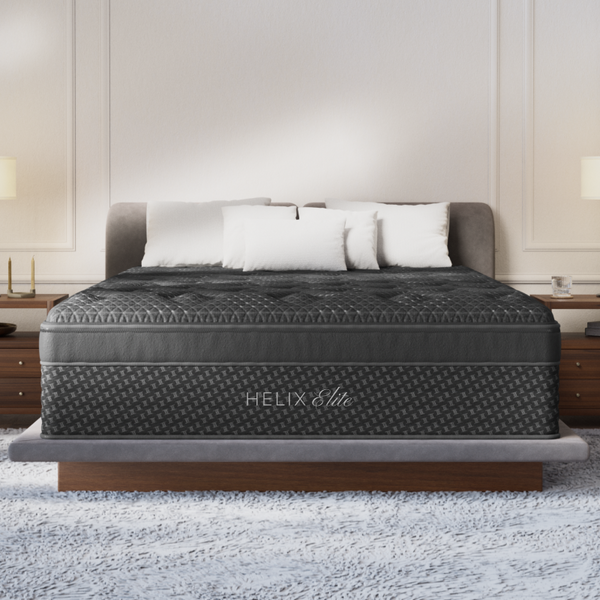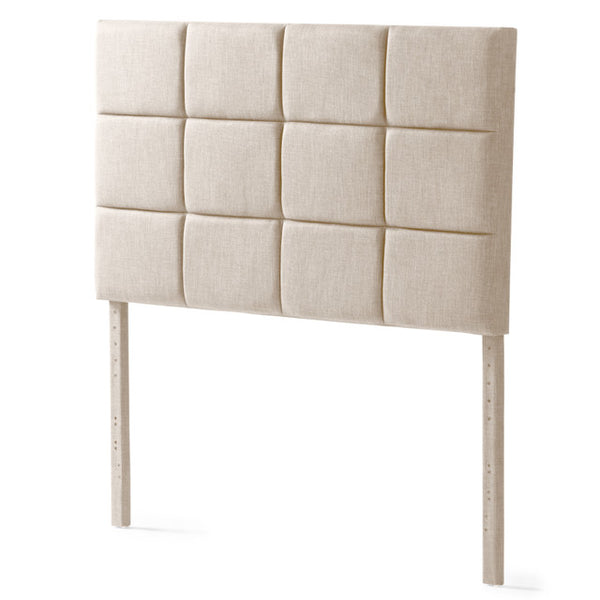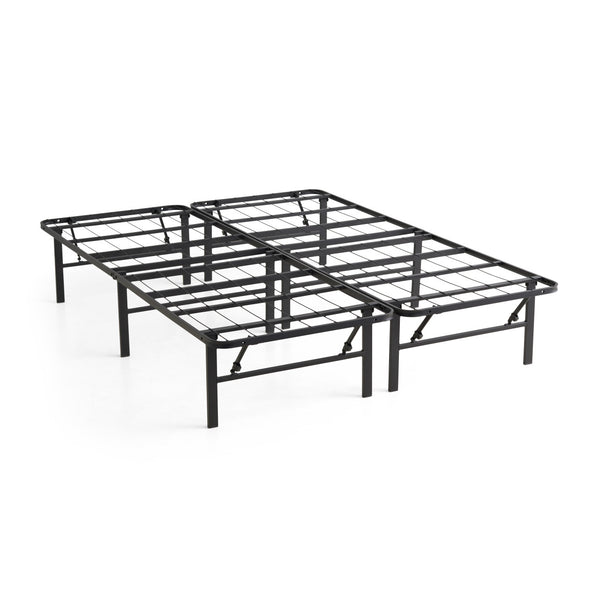
Frequently Asked Questions
1. What is the lifespan of a mattress?
2. How can I tell if it's time to replace my mattress?
3. What types of mattresses are available?
4. What tips should I consider when choosing a new mattress?
5. How can I maintain my mattress to extend its lifespan?
Your mattress plays a pivotal role in ensuring you get a good night’s sleep. However, like everything else, mattresses have a lifespan and can wear down over time. If you’re waking up sore or groggy, it might be time to take a closer look at your sleeping situation. In this blog post, we’ll unpack the signs indicating it’s time to replace your mattress, helping you invest in a better sleep experience. Let's dive in!
The Importance of a Quality Mattress
Your mattress is more than just a warm surface to sleep on; it’s a vital part of your overall health and well-being. A good mattress promotes proper alignment of your spine, minimizes disturbances during the night, and enhances your sleep quality. Conversely, a worn-out mattress can lead to discomfort and poor sleep hygiene.
How Long Should a Mattress Last?
The lifespan of a mattress varies based on its type and quality. Generally, most mattresses last between 7 to 10 years. However, this duration can be influenced by several factors such as usage, materials, and maintenance. Regular flipping and rotating can extend life, but knowing when it’s time for a replacement is crucial.
Signs You Need a New Mattress
Recognizing the signs of a deteriorating mattress can save you from sleepless nights and discomfort. Here are a few indicators that may suggest it’s time to invest in a new one:
You Wake Up with Aches and Pains
Do you often wake up feeling stiff or sore, especially in your back, neck, or joints? A mattress that no longer provides the right support can lead to poor spinal alignment, resulting in morning aches and pains. If making adjustments to your sleeping position doesn't help, a mattress replacement might be in order.
Your Mattress Has Visible Sagging or Wear
Observe your mattress for noticeable sagging or indentations. If the surface is not flat and even anymore, it may no longer provide the correct support you need. These physical signs are often clear indicators of a worn-out mattress.
Increased Allergies or Breathing Problems
Mattresses can accumulate dust mites, mold, and other allergens over time. If you've noticed an increase in allergies, irritations, or breathing problems during the night, your old mattress could be contributing to the issue. Replacing your mattress can help improve indoor air quality and alleviate these symptoms.
You’ve Changed Your Sleep Needs
As we age or undergo lifestyle changes, our sleep needs can shift. Whether it's due to pregnancy, weight changes, or health conditions, your mattress should accommodate these changes. If you find that your current mattress no longer supports your sleeping position, it may be time to look for a suitable replacement.
Understanding Mattress Types
Before you rush into purchasing a new mattress, it’s useful to understand the different types available. Each type can cater to distinct needs and preferences:
Memory Foam Mattresses
These mattresses contour to your body’s shape, providing excellent support and pressure relief. They are an excellent choice for those who need extra cushioning.
Innerspring Mattresses
Featuring coils for support, innerspring mattresses provide a traditional feel. They are great for those who prefer a bouncier surface and good airflow.
Hybrid Mattresses
Combining the best of both worlds, hybrid mattresses feature both foam and coils, offering a balanced option for varied sleeping positions.
Latex Mattresses
Durable and resilient, latex mattresses offer bounce and support. They are naturally hypoallergenic, making them a good option for allergy sufferers.
Tips for Choosing the Right Mattress
When you decide to purchase a new mattress, keep the following tips in mind:
- Consider Your Sleep Position: Whether you're a back, stomach, or side sleeper can determine which mattress will suit you best.
- Test Before You Buy: If possible, lie down on the mattress for at least 10-15 minutes in your usual sleeping position.
- Check for Warranty and Return Policies: A good mattress will often come with a substantial warranty and a trial period for returns.
- Read Reviews: Look up customer feedback to understand the comfort and durability of the mattress you are considering.
When to Seek Professional Help
If you're uncertain about whether your mattress needs replacing, there are professionals who specialize in evaluating sleep environments. They can offer insights based on your sleep patterns and physical complaints.
Eco-Friendly Mattress Options
For those concerned about their ecological footprint, consider eco-friendly mattresses made with sustainable materials. Many brands are now offering organic options that are kind to both your sleep and the environment.
How to Maintain Your Mattress
Once you have invested in a new mattress, proper maintenance can extend its lifespan:
- Regular Cleaning: Vacuum the mattress to remove dust and allergens. Spot clean stains as needed.
- Use a Mattress Protector: This can help to guard against spills, stains, and allergens.
- Rotate Your Mattress: Regularly rotating your mattress can help prevent uneven wear.
Your Path to Restorative Sleep
Replacing your mattress is an investment in your sleep quality and overall well-being. By recognizing the signs that indicate a mattress overhaul is necessary, you can take proactive steps toward a healthier sleep environment. Remember, a good night’s sleep isn't just about comfort; it’s essential for your physical and mental health. Don’t hesitate to explore your options and make a choice that aligns with your sleep needs.
Ready to upgrade your sleep? Dive into our curated collection at The Sleep Loft and discover your dream mattress today!








